Home>Garden Essentials>How Long Does Grass Seed Last In Bag
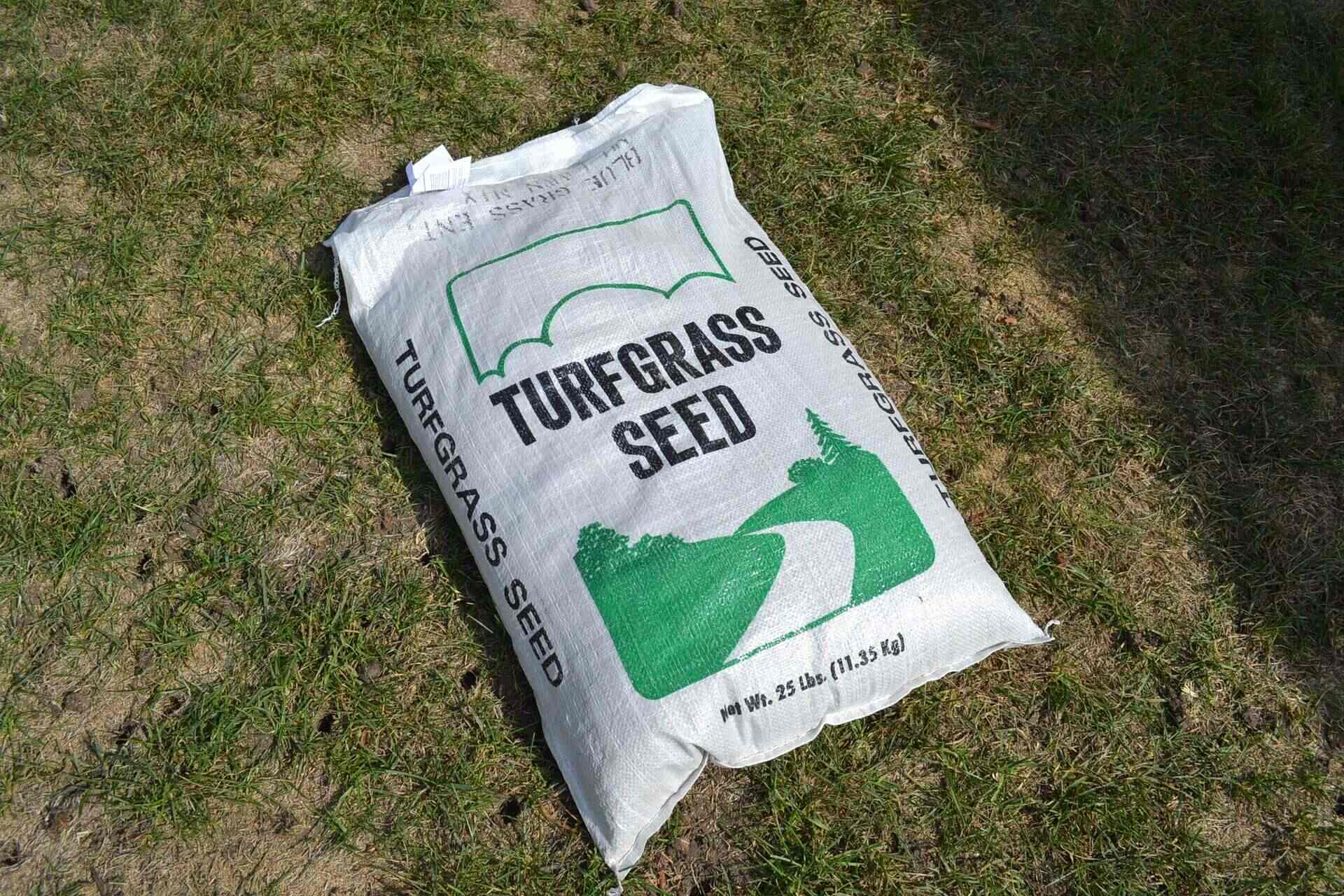

Garden Essentials
How Long Does Grass Seed Last In Bag
Modified: March 23, 2024
Learn how long garden grass seed can last in the bag and ensure you are planting fresh, viable seeds for a lush and healthy lawn.
(Many of the links in this article redirect to a specific reviewed product. Your purchase of these products through affiliate links helps to generate commission for Storables.com, at no extra cost. Learn more)
Introduction
Welcome to our comprehensive guide on the longevity of grass seeds! If you’re a gardening enthusiast or a homeowner looking to establish a luscious lawn, understanding how long grass seeds last in a bag is crucial. The viability and shelf life of grass seeds can significantly impact the success of your lawn establishment project.
Grass seeds, like any other living organism, have a limited lifespan. As time goes by, the viability of the seeds gradually decreases, resulting in poor germination rates and unsatisfactory results. However, with proper storage and care, you can extend the longevity of grass seeds and increase their chances of successful growth.
In this article, we will explore the various factors that affect the longevity of grass seeds, the shelf life of different seed types, the optimal storage conditions, and signs of seed deterioration. Additionally, we will provide you with useful tips to maximize the viability of your grass seeds. So, let’s dig in!
Key Takeaways:
- Grass seeds have a limited lifespan influenced by factors like seed type, quality, and storage conditions. Proper storage in a cool, dry, and dark environment can extend their viability.
- Identifying signs of seed deterioration and following best practices for storage and usage can maximize the chances of successful grass seed germination and lawn establishment.
Read more: How Long Does A Bag Of Grass Seed Last
Factors Affecting the Longevity of Grass Seeds
The longevity of grass seeds can be influenced by several factors. Understanding these factors will help you make informed decisions about purchasing, storing, and using grass seeds for lawn establishment. Here are the key factors that affect the longevity of grass seeds:
- Seed Type: Different grass species have varying seed characteristics and lifespans. Some grass species, like Kentucky bluegrass and perennial ryegrass, have relatively short seed longevity of about 1-2 years. On the other hand, cool-season grasses such as tall fescue and turf-type fescue can have seed viability for up to 3-5 years. Warm-season grasses, like Bermuda grass and zoysia grass, tend to have longer seed longevity, ranging from 2-5 years.
- Seed Quality: The quality of grass seeds can impact their longevity. High-quality seeds, which are free from diseases, pests, and weed seeds, have a better chance of maintaining viability for a more extended period. Purchasing seeds from reputable suppliers and ensuring they have high purity and germination rates can improve their shelf life.
- Moisture: Grass seeds can deteriorate quickly when exposed to moisture or high humidity. Excess moisture promotes the growth of mold, fungus, and other pathogens that can damage the seeds and reduce their viability. It is important to store grass seeds in dry conditions and protect them from any moisture sources.
- Temperature: Extremes in temperature can negatively impact the longevity of grass seeds. High temperatures can cause seed damage, while freezing temperatures can lead to seed death. Storing seeds in a cool and stable temperature environment, ideally between 40-50°F (4-10°C), can help preserve their viability.
- Light: Exposure to direct sunlight can have a detrimental effect on the viability of grass seeds. Sunlight can accelerate seed deterioration and reduce their germination rates. It is crucial to store grass seeds in opaque containers or bags that block out light.
By considering these factors, you can make informed decisions about the purchase, use, and storage of grass seeds for your lawn establishment project. In the next section, we will discuss the typical shelf life of different grass seed types to give you a better idea of their longevity.
Shelf Life of Grass Seeds
The shelf life of grass seeds can vary depending on the seed type, quality, and storage conditions. Different grass species have different natural lifespans, and it’s essential to understand the shelf life of the grass seeds you are working with. Here are some general guidelines for the shelf life of common grass seed types:
- Kentucky Bluegrass: Kentucky bluegrass seeds typically have a shelf life of about 1-2 years. After this period, the germination rates start to decline, and the success of establishing a healthy lawn decreases.
- Fescue Grass: Tall fescue and turf-type fescue seeds have a relatively longer shelf life compared to Kentucky bluegrass, with viability ranging from 2-3 years. However, it’s important to note that the germination rates may start to decrease after the first year.
- Perennial Ryegrass: Perennial ryegrass seeds have a shorter shelf life of around 1-2 years. They are known for their quick germination but may lose viability faster compared to other grass seed types.
- Bermuda Grass: Bermuda grass seeds have a relatively long shelf life of around 2-3 years. They are warm-season grasses that can withstand drought and heat, making them ideal for lawns in hot climates.
- Zoysia Grass: Zoysia grass seeds also have a longer shelf life of about 2-3 years. They are warm-season grasses known for their dense growth and ability to tolerate a wide range of climatic conditions.
It’s important to note that these are general guidelines, and the actual shelf life of grass seeds can vary based on specific factors such as seed quality, storage conditions, and other environmental factors. It’s always best to check the packaging or consult with the supplier for specific information regarding the shelf life of the grass seeds you have purchased.
Now that we have discussed the shelf life of grass seeds, let’s explore the optimal storage conditions that can help maximize their viability and ensure successful lawn establishment.
Storage Conditions
Proper storage conditions play a crucial role in maintaining the viability of grass seeds. By providing the right environment, you can maximize the shelf life of the seeds and increase the chances of successful germination. Here are some important factors to consider when storing grass seeds:
- Temperature: Grass seeds should be stored in a cool and stable temperature environment. Ideally, the storage temperature should be between 40-50°F (4-10°C). Avoid exposing the seeds to extreme heat or freezing temperatures, as they can negatively impact seed viability.
- Humidity: Humidity and moisture can significantly affect the longevity of grass seeds. It’s crucial to store the seeds in a dry environment and protect them from any sources of moisture. Use airtight containers or seed bags to ensure that moisture cannot reach the seeds.
- Light: Exposure to direct sunlight can deteriorate the quality of grass seeds. Store the seeds in opaque containers or bags that block the light to maintain their viability. Avoid storing the seeds in clear or transparent containers that allow sunlight to penetrate.
- Air Circulation: While it’s important to protect the seeds from excess moisture, it is also essential to ensure proper air circulation. Stagnant air can lead to the growth of mold or fungus, which can damage the seeds. Choose storage containers that allow for some air circulation while keeping the seeds protected from moisture and light.
- Labeling: Properly label the storage containers with the name of the grass species, the date of purchase, and other relevant information. This will help you keep track of the age of the seeds and ensure that you use the oldest seeds first.
Remember to store seeds in a cool, dry, and dark place to extend their shelf life. Avoid storing them in garages, sheds, or other areas that may experience extreme temperature fluctuations or high humidity levels.
By providing the right storage conditions, you can significantly increase the longevity of grass seeds and improve their chances of successful germination. In the next section, we will discuss the signs of seed deterioration to help you determine if your seeds are still viable.
Store grass seed in a cool, dry place to extend its shelf life. When properly stored, grass seed can last up to 2-3 years in its original bag.
Signs of Seed Deterioration
It’s important to be able to identify the signs of seed deterioration to ensure that you are using viable grass seeds for your lawn establishment. Here are some common indicators that your grass seeds may have deteriorated:
- Poor Germination: If you notice that a significant portion of your grass seeds fail to germinate or if the germination rate is exceptionally low, it could be a sign that the seeds have lost their viability. Poor germination can result from various factors, including seed deterioration.
- Discoloration: Healthy grass seeds typically have a uniform color. If you notice that the seeds have become discolored, showing signs of mold, mildew, or dark spots, it may indicate seed deterioration. Mold or fungal growth can damage the seed and reduce its viability.
- Physical Damage: Inspect the seeds for any physical damage or deformities. Seeds that are cracked, crushed, or broken are unlikely to germinate successfully. Physical damage can occur due to improper handling, moisture exposure, or age-related deterioration.
- Foul Odor: If the grass seeds emit a foul or rancid odor, it could be a sign of seed deterioration. This odor is usually caused by microbial growth or decay, indicating that the seeds may no longer be viable.
- Past Expiration Date: Check the expiration date or the recommended use-by date on the seed packaging. If the seeds have exceeded the recommended timeframe, it’s likely that their viability has significantly declined.
If you observe any of these signs, it is best to discard the deteriorated seeds and obtain fresh ones for your lawn establishment. Using seeds that are no longer viable can lead to poor germination, resulting in patchy or thin grass growth.
Now that you know how to identify signs of seed deterioration, let’s move on to some helpful tips for maximizing the viability of your grass seeds and ensuring successful lawn establishment.
Read more: How Long Does Bagged Grass Seed Last
Tips for Maximizing Seed Viability
To ensure that your grass seeds remain viable for as long as possible, it’s essential to follow these tips and best practices for optimal seed storage and usage:
- Purchase Fresh Seeds: Whenever possible, choose grass seeds that have been recently harvested. Fresh seeds generally have higher viability and better chances of successful germination.
- Store Seeds Properly: As mentioned earlier, store grass seeds in a cool, dry, and dark place. Use airtight containers or seed bags to protect the seeds from moisture, light, and air circulation while maintaining the optimal storage conditions.
- Rotate Your Seed Stock: If you have multiple batches of grass seeds, make sure to use the oldest seeds first. This helps prevent the accumulation of old, less viable seeds in your storage and ensures that you are using the freshest and most viable seeds for your lawn establishment.
- Avoid Overbuying: Only purchase the amount of seeds you need for your project. Overbuying can lead to storing excess seeds for an extended period, which increases the likelihood of seed deterioration. Calculate the recommended seeding rate for your lawn and buy seeds accordingly.
- Perform a Germination Test: Before sowing the seeds, conduct a simple germination test to determine their viability. Place a sample of seeds on a damp paper towel and keep it in a warm and dark environment. Check the germination rate after a week to assess the viability of the seeds. If the germination rate is low, it’s best to purchase fresh seeds.
- Consider Seed Treatment: Some grass seeds, especially those with hard seed coats, can benefit from seed treatment techniques such as scarification or stratification. These processes help break seed dormancy and improve germination rates. Consult seed experts or gardening professionals for guidance on appropriate treatment methods.
- Properly Prepare the Soil: Before sowing the seeds, ensure that the soil is well-prepared. Remove weeds, rocks, and debris and loosen the soil to create a favorable environment for germination. Follow proper soil preparation techniques such as tilling, leveling, and adding organic matter to improve soil fertility.
- Water and Fertilize Appropriately: Once the grass seeds are sown, provide them with adequate water and fertilization. Follow watering schedules recommended for your specific grass species to keep the soil moist but not waterlogged. Use a slow-release or balanced fertilizer to supply essential nutrients for healthy growth.
- Maintain Proper Lawn Care: After the grass seeds have germinated, continue to care for the lawn by mowing, watering, and fertilizing regularly. Proper lawn maintenance helps promote strong root development and overall turf health.
By implementing these tips, you can maximize the viability of your grass seeds and increase the chances of establishing a healthy and vibrant lawn. Remember that each grass species and variety may have specific requirements, so it’s always beneficial to consult seed suppliers, gardening experts, or local extension offices for region-specific advice.
Now that you have gained insights into maximizing seed viability, let’s conclude our guide.
Conclusion
Understanding the longevity of grass seeds and how to maximize their viability is essential for successful lawn establishment. By considering factors such as seed type, quality, storage conditions, and signs of seed deterioration, you can ensure that your grass seeds have the best chances of germination and healthy growth.
Remember that different grass species have varying natural lifespans, with some seeds remaining viable for 1-2 years, while others can last up to 3-5 years. It’s crucial to check the shelf life of the specific grass seed type you are working with to make informed decisions about their usage.
Proper storage conditions play a significant role in maintaining the viability of grass seeds. Storing seeds in a cool, dry, and dark environment, protected from moisture, light, and extreme temperatures, greatly increases their shelf life. Additionally, practicing proper seed rotation and conducting germination tests can help determine the viability of seeds before sowing them.
When using grass seeds for lawn establishment, following best practices such as preparing the soil, watering appropriately, fertilizing, and maintaining proper lawn care will ensure the best chances of successful growth.
By implementing these tips and techniques, you can maximize the longevity and viability of grass seeds, ultimately leading to a lush, green, and thriving lawn. Remember to consult local experts or seed suppliers for specific recommendations tailored to your region and grass species. Enjoy the process of establishing a beautiful garden and relish the joy of a healthy, vibrant lawn!
Frequently Asked Questions about How Long Does Grass Seed Last In Bag
Was this page helpful?
At Storables.com, we guarantee accurate and reliable information. Our content, validated by Expert Board Contributors, is crafted following stringent Editorial Policies. We're committed to providing you with well-researched, expert-backed insights for all your informational needs.
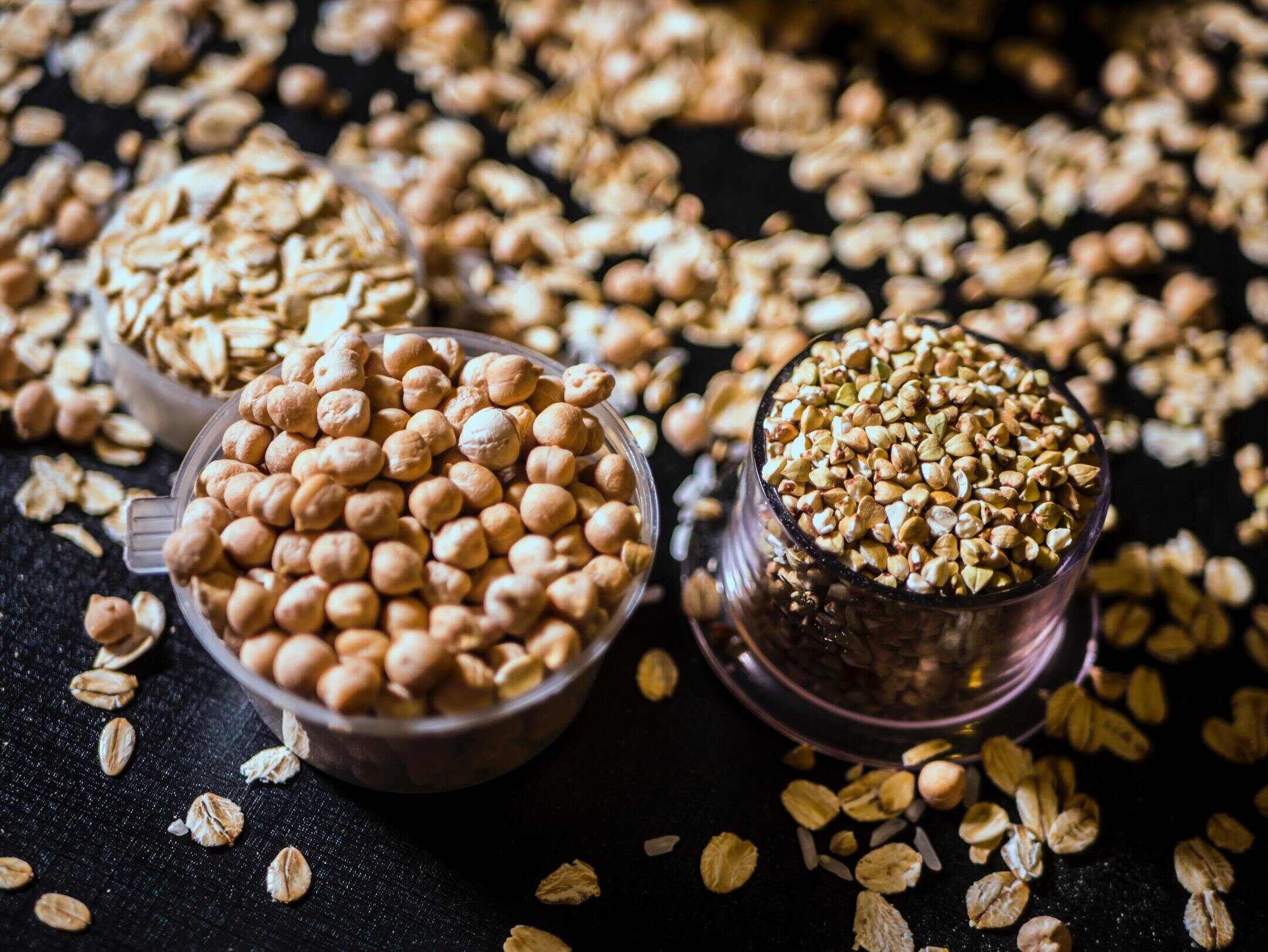
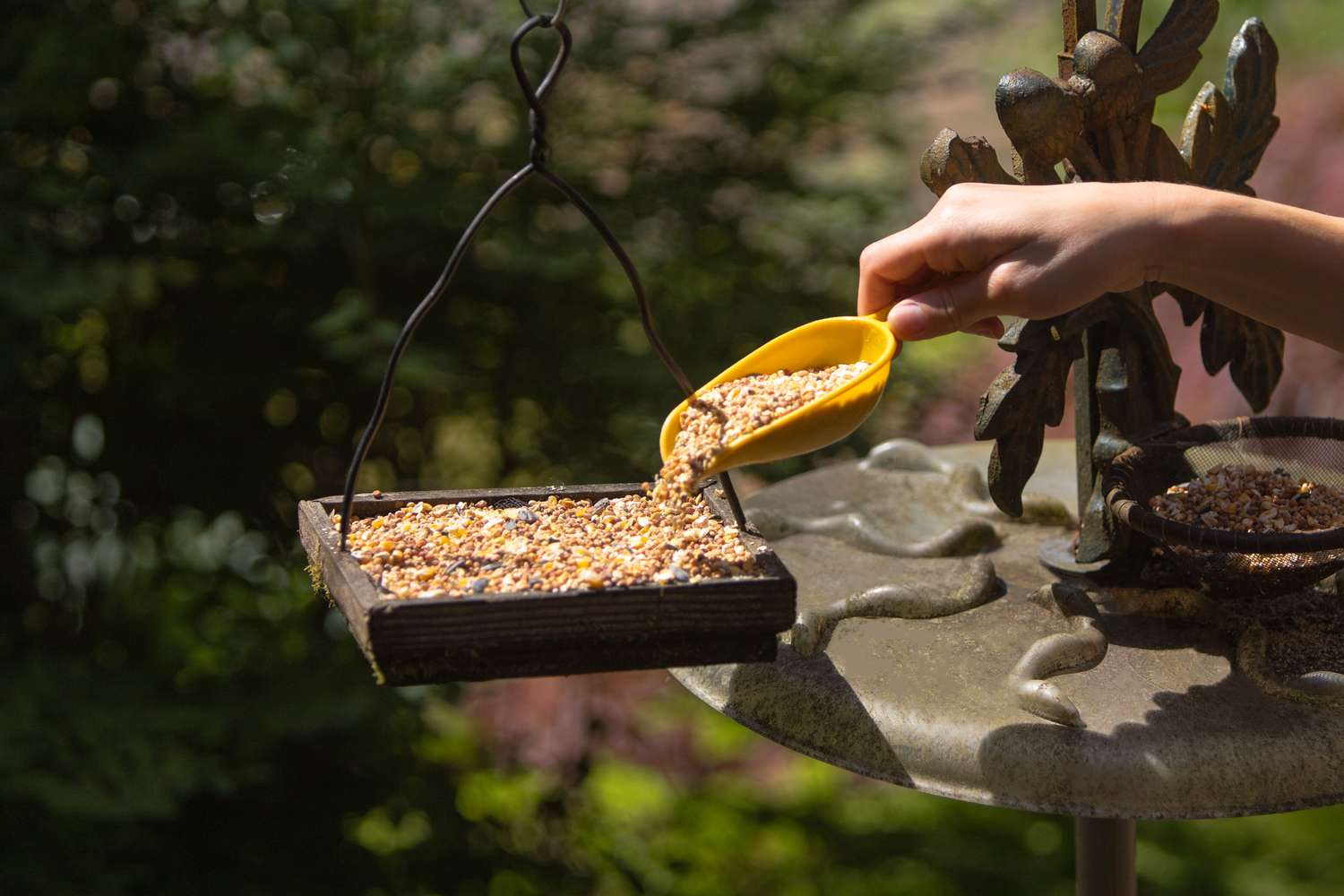
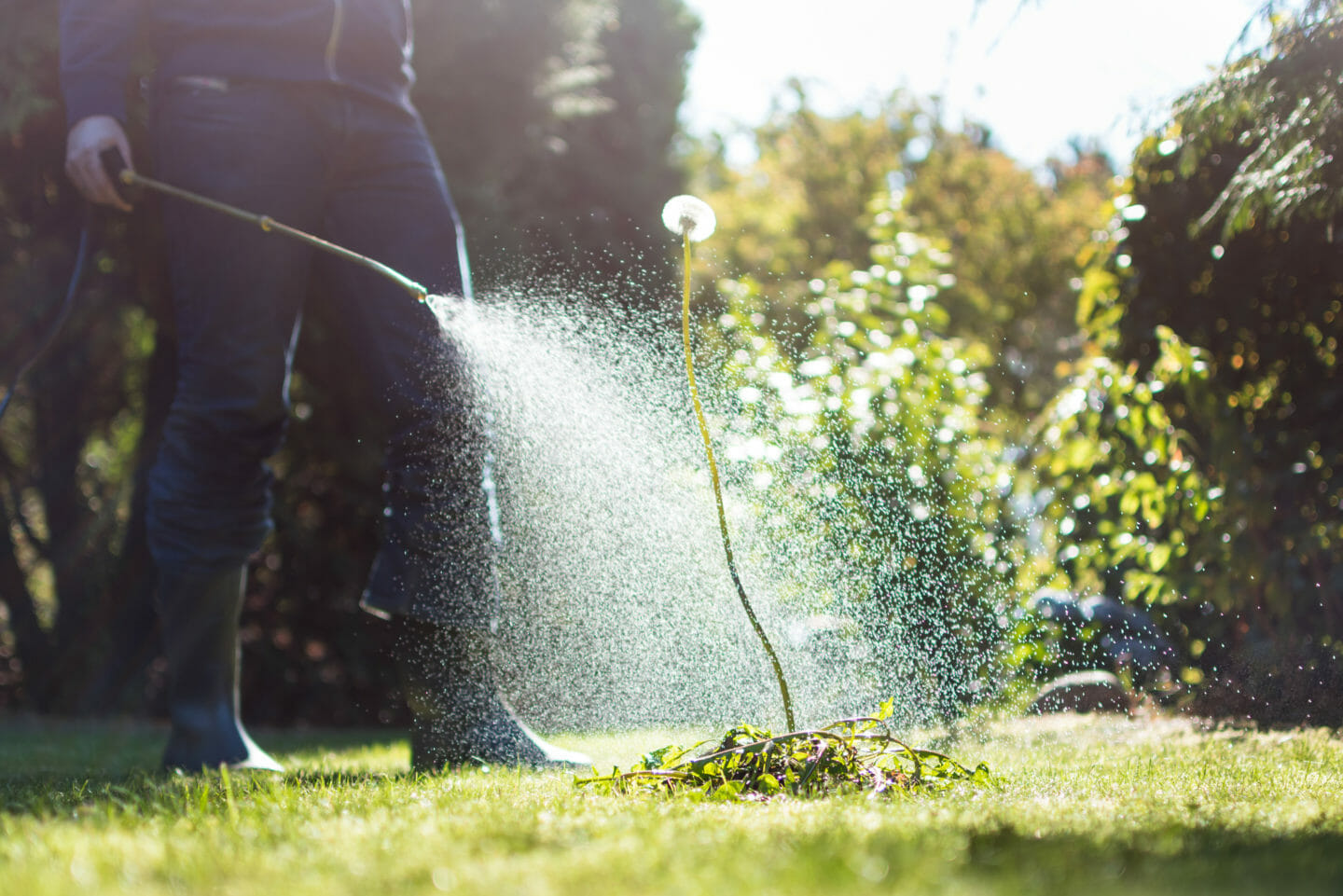
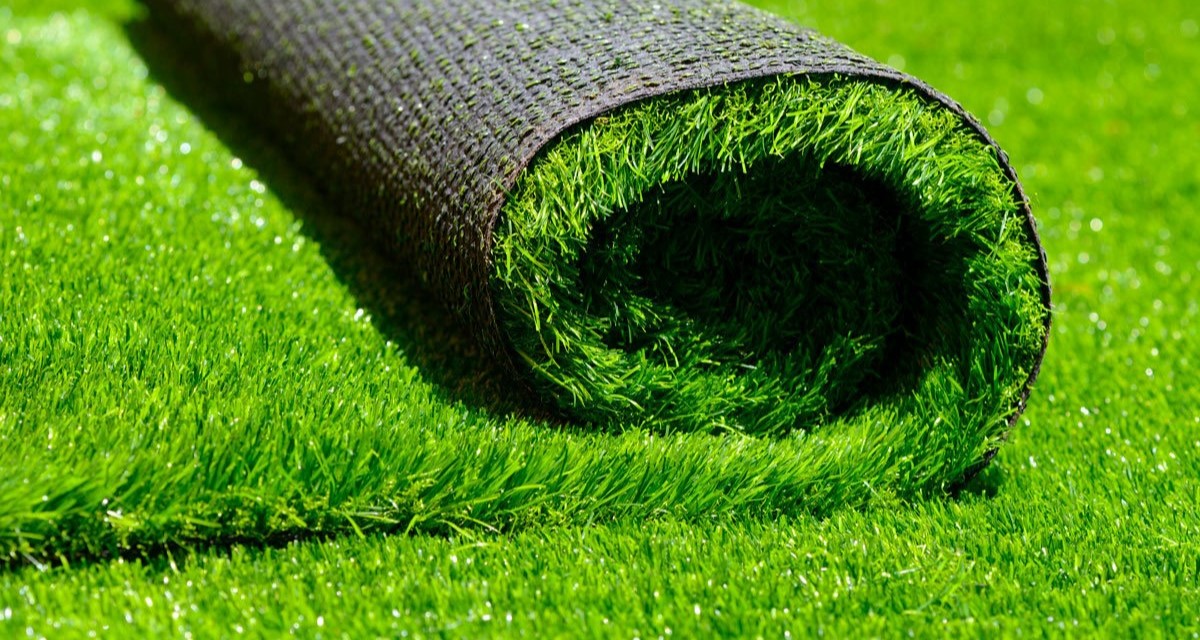
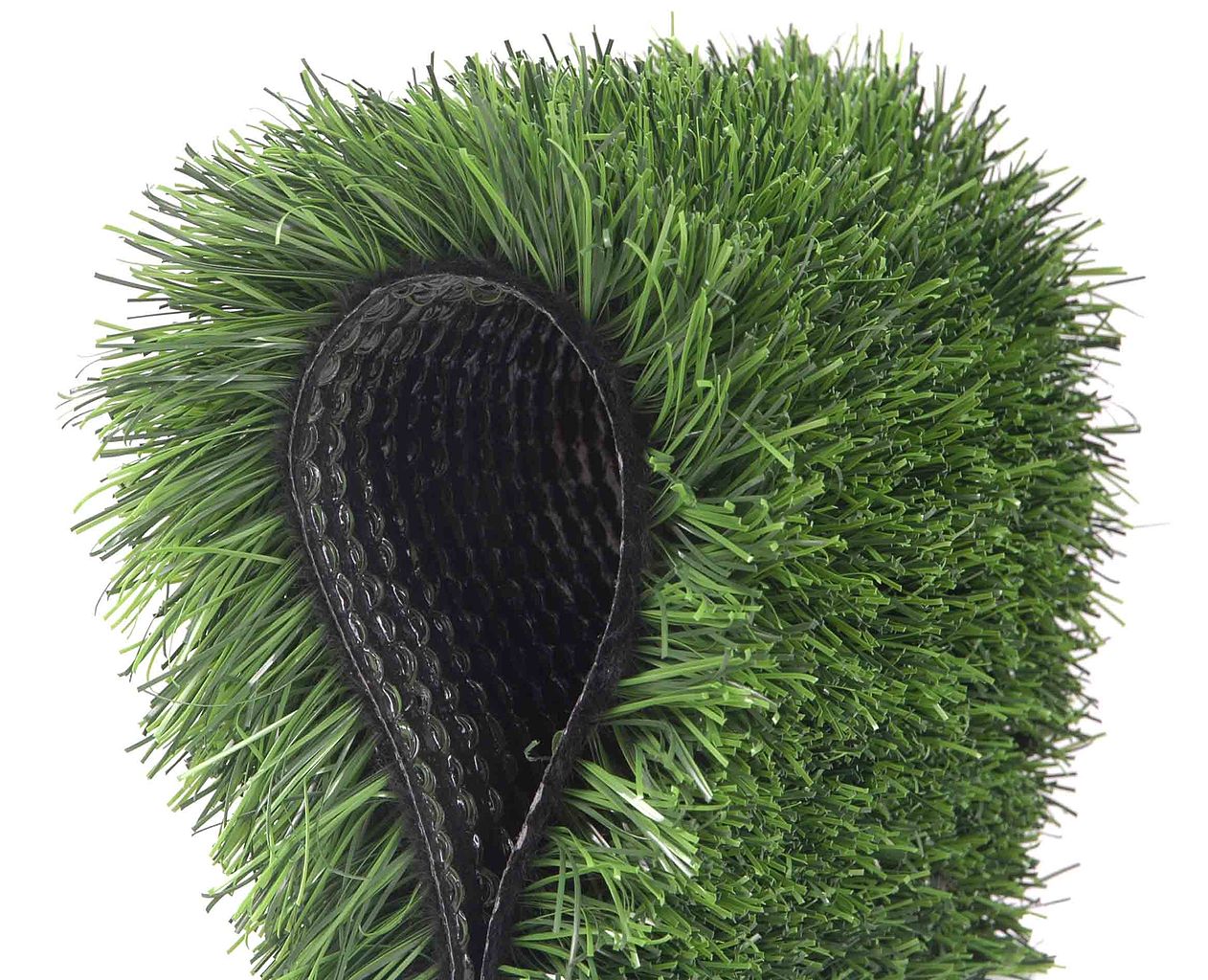
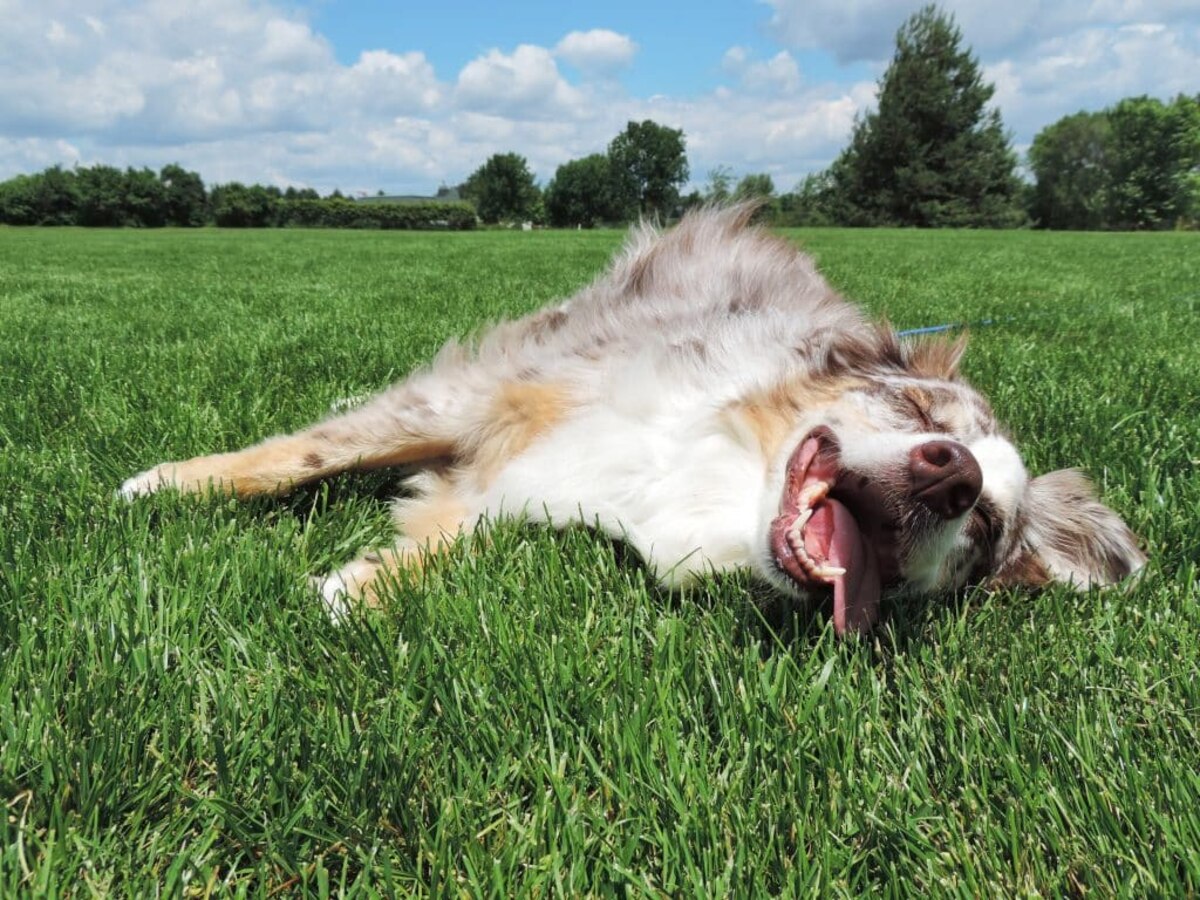
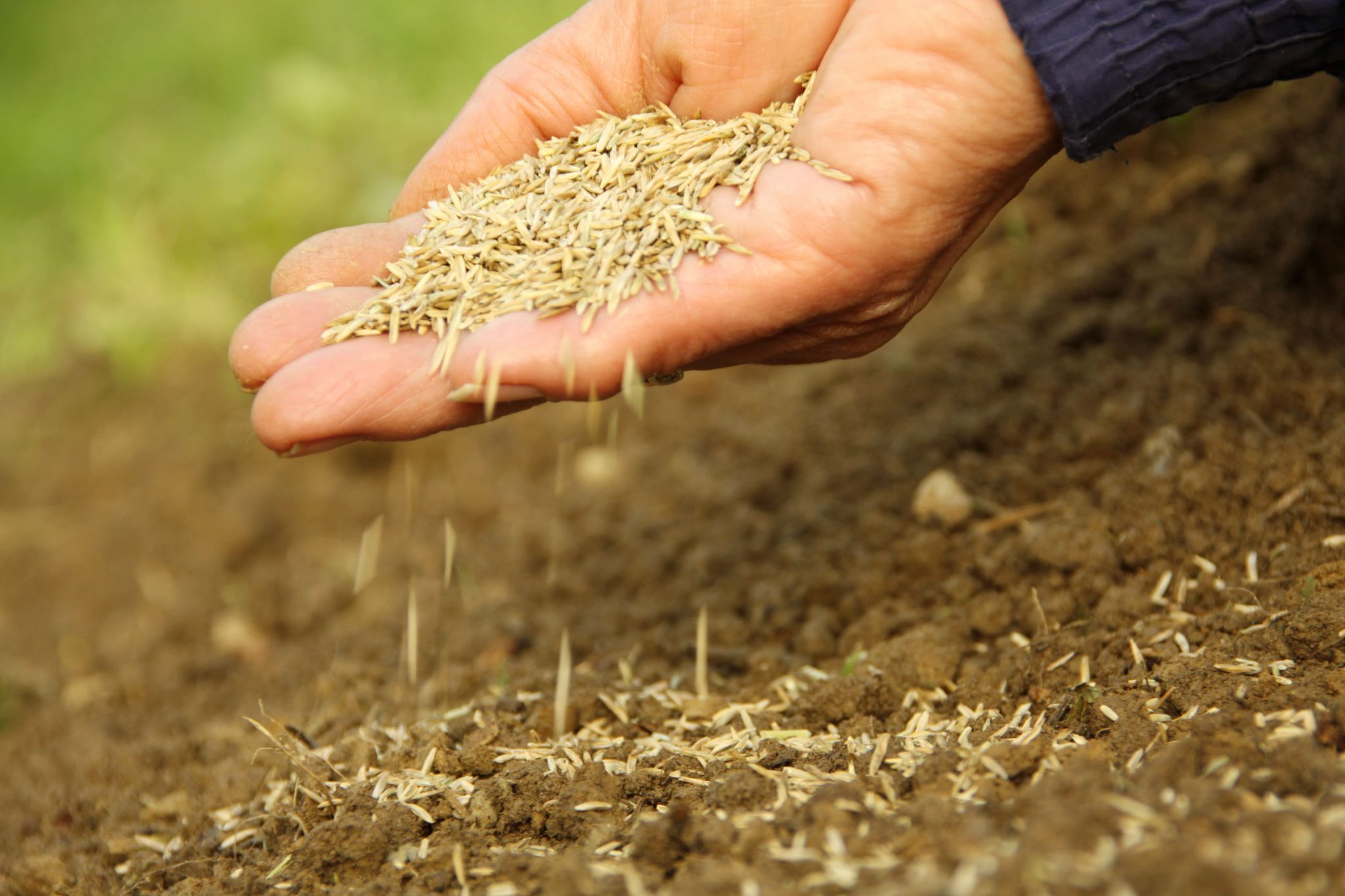
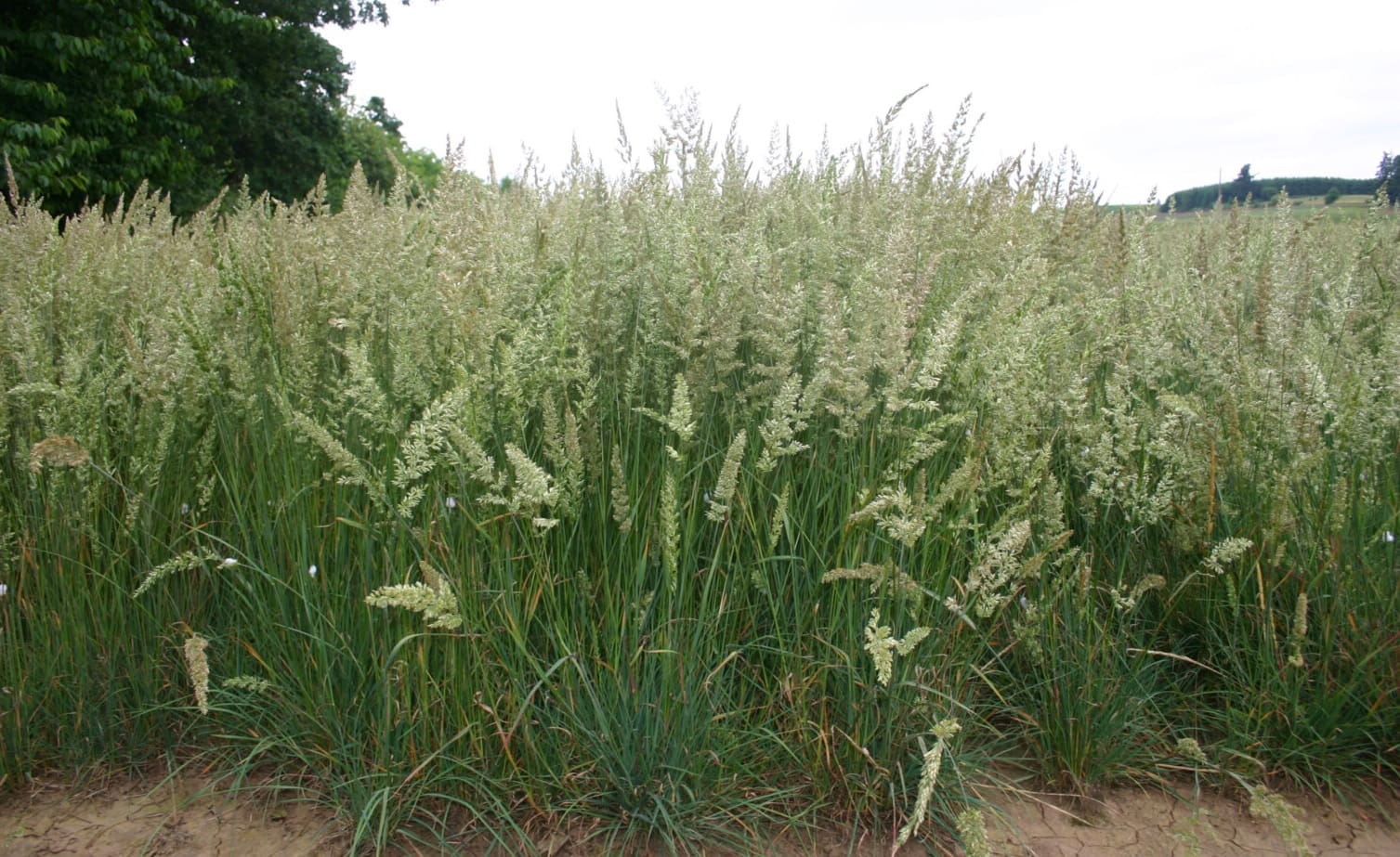
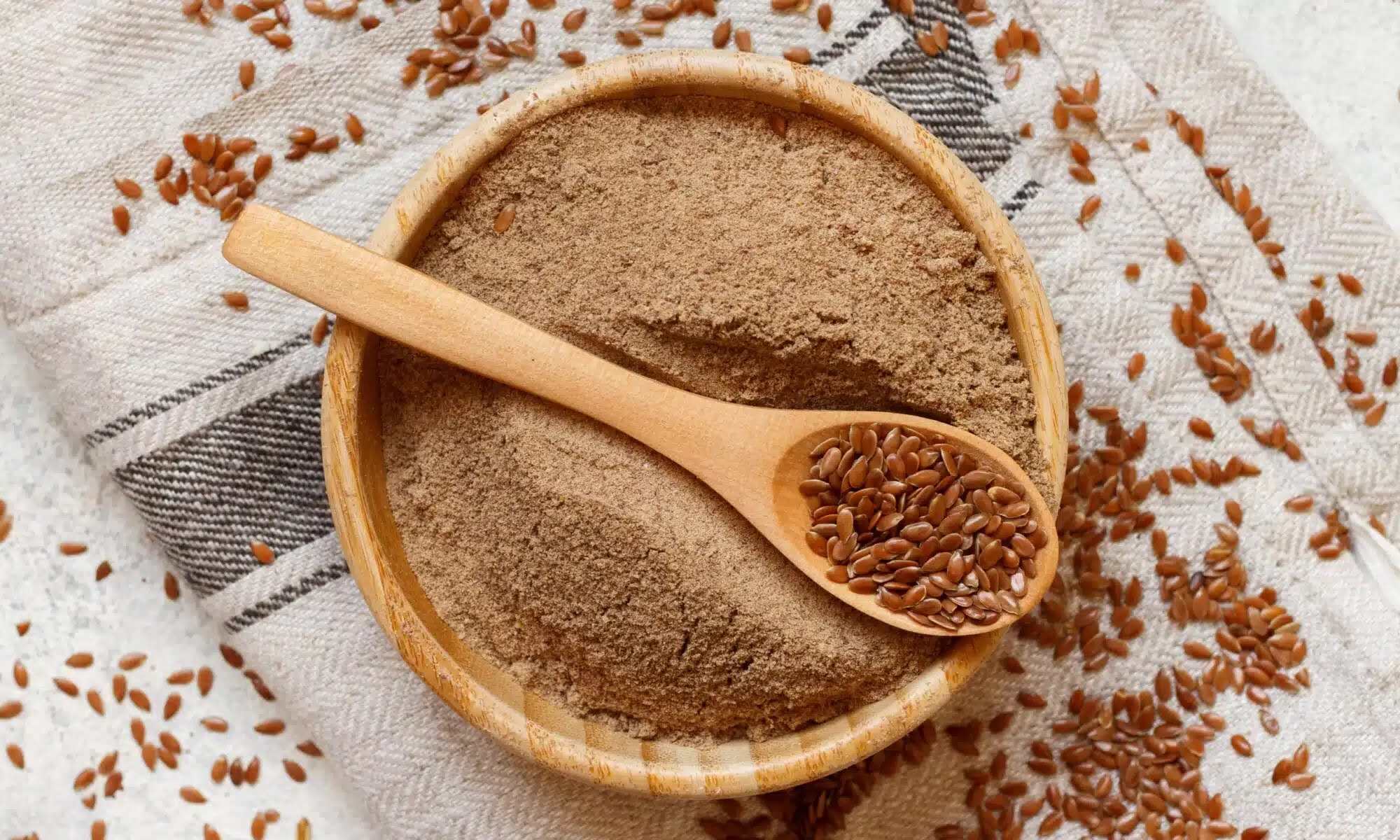
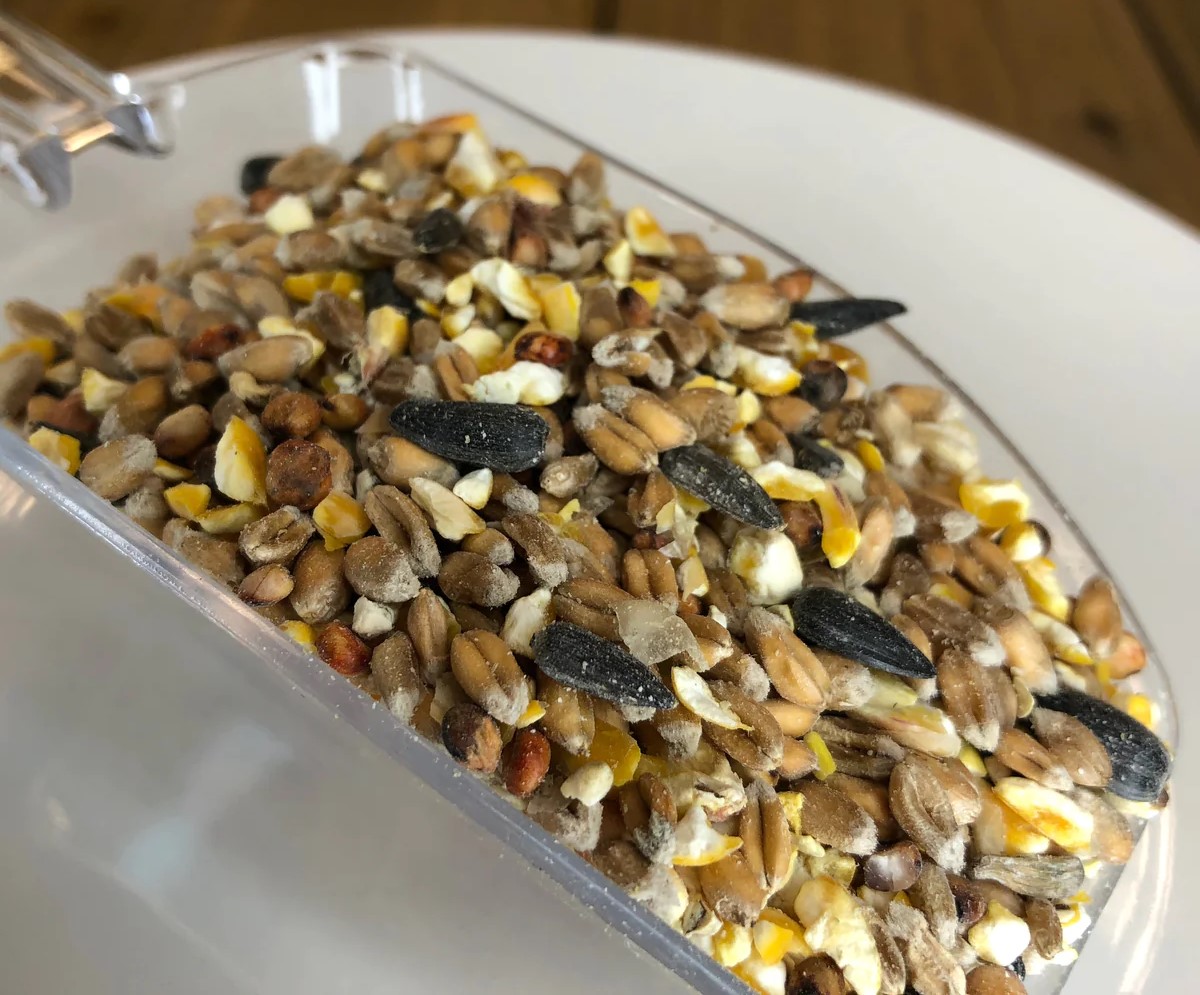
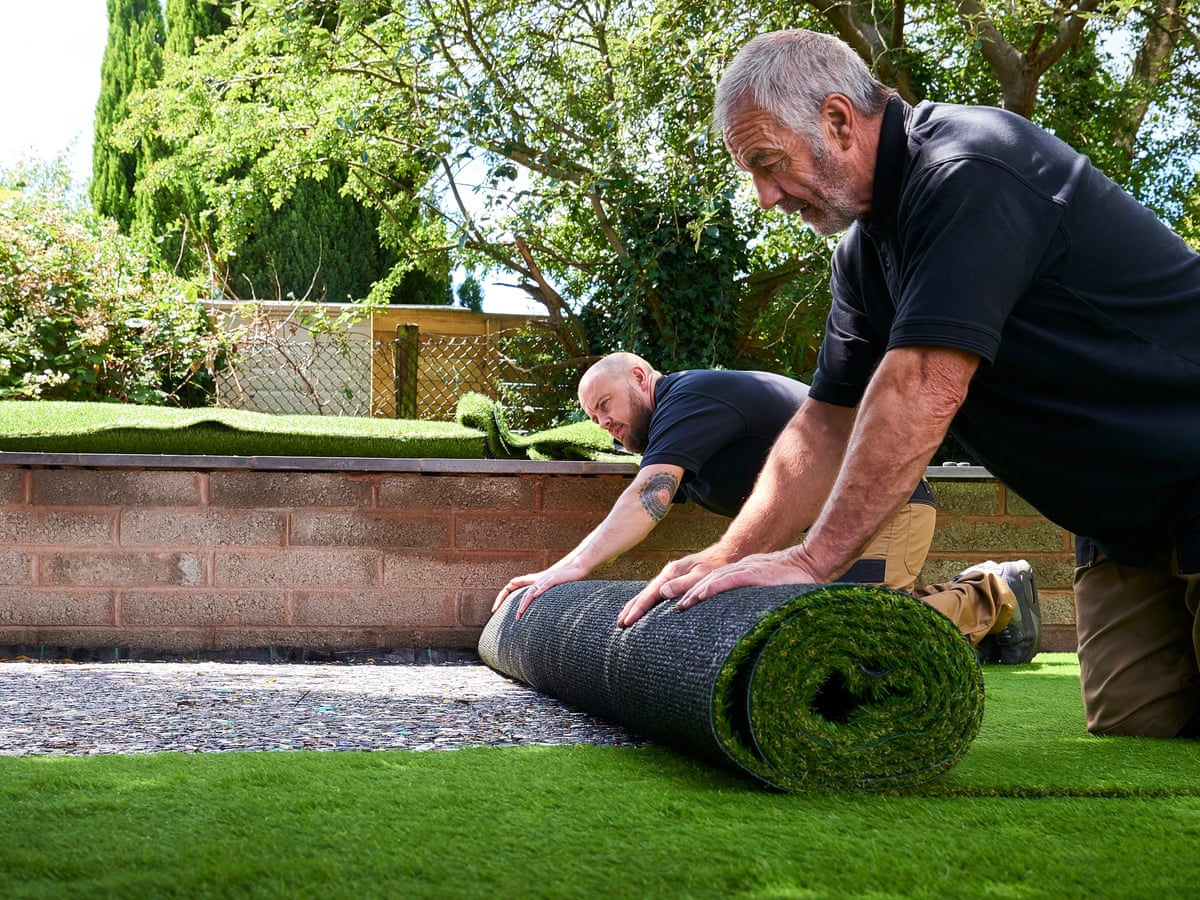
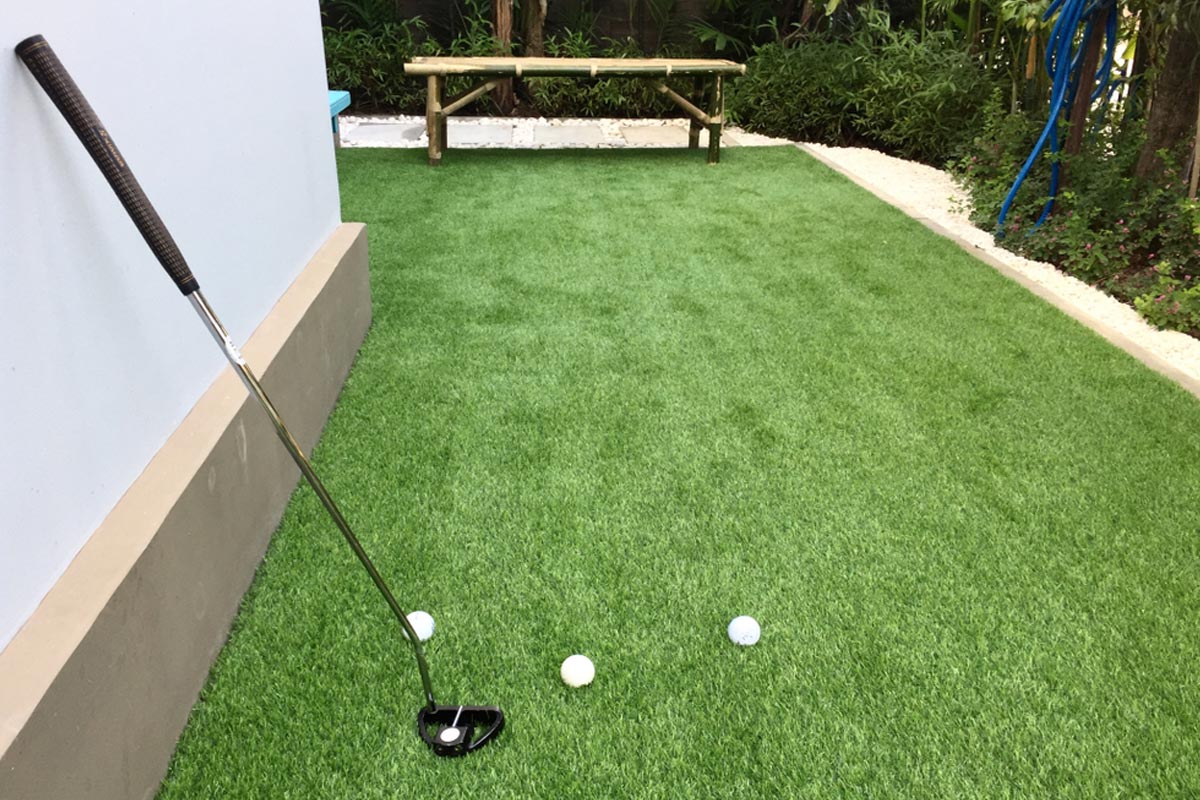



0 thoughts on “How Long Does Grass Seed Last In Bag”